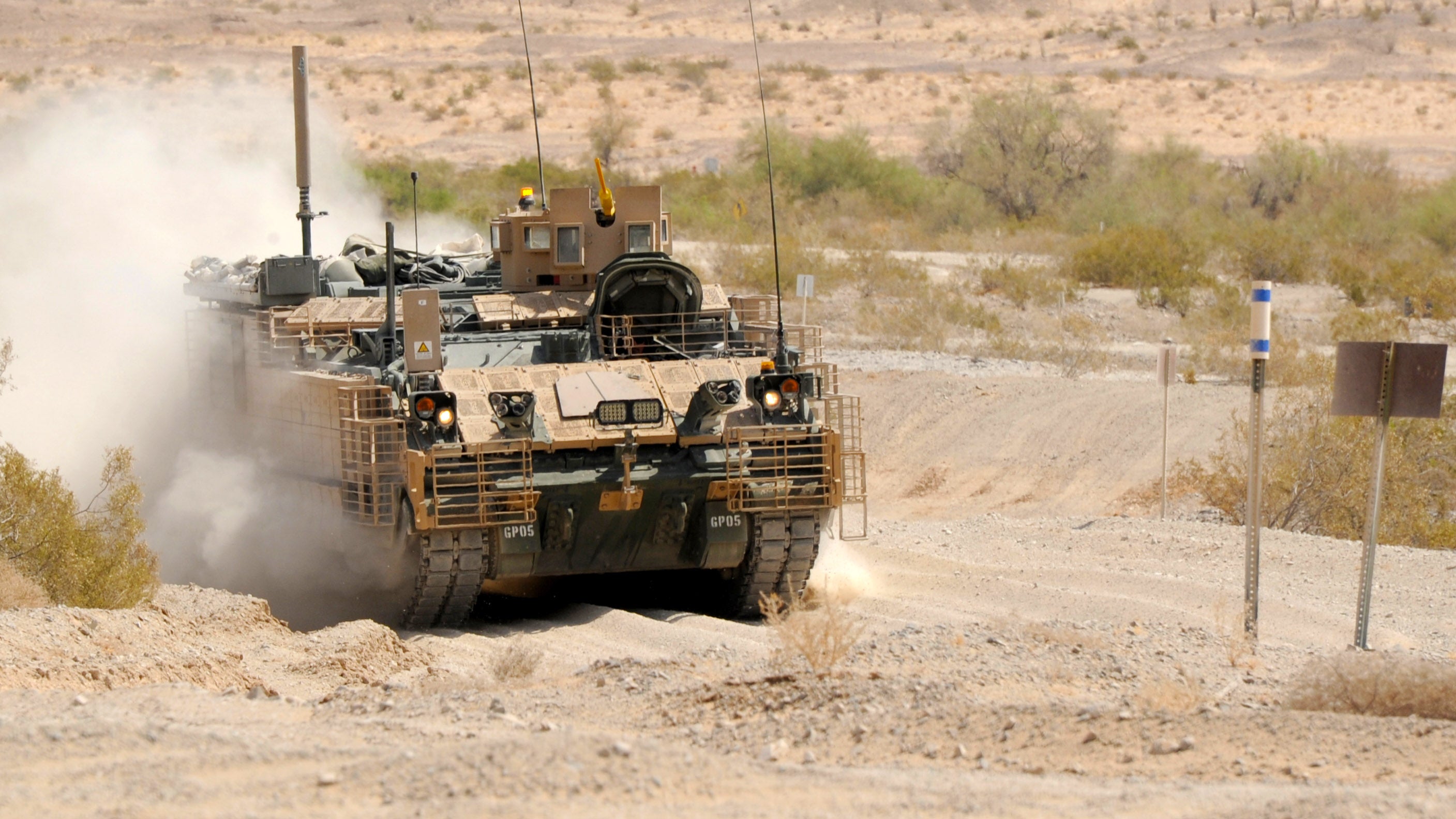GAO Concerned about Modernization Pace
GAO Concerned about Modernization Pace

A new report from the congressional watchdog agency warns of the potential for widespread delays in the Defense Department’s ambitious effort to modernize weapons systems.
The overall assessment by the Government Accountability Office after reviewing the 63 most expensive acquisition programs cautions that defensewide efforts to reduce the time it takes to field new capabilities are not always a good thing. In many cases, program decisions were being made before obtaining enough information.
The GAO report includes 14 Army acquisition programs, from the relatively modest Armored Multi-Purpose Vehicle that would replace the M113 family of vehicles to the more advanced long-range hypersonic weapon system and the future long-range assault and attack reconnaissance aircraft.
“The right knowledge at key decision points enables speed, and a lack of knowledge can lead to schedule delays,” writes Gene Dodaro, the U.S. comptroller general who oversees GAO. “This year, we continued to see significant numbers of programs reporting delays, even as the department emphasizes the need to deliver capabilities to the warfighter more quickly.”
Dodaro adds: “Achieving lasting improvements to weapon system acquisition will not be easy or quick. But it is necessary if the U.S. military is to remain well positioned to address the wide range of current and emerging threats.”
A large concern being studied by GAO is whether the U.S. industrial base has the capability to manufacture all the systems sought by the services. The report says this requires case-by-case assessments, which have not been done. “The majority of programs are tracking at least one identified industrial base risk,” the report says.
On the Armored Multi-Purpose Vehicle program, the GAO says complications from the pandemic caused delays, but vehicles were delivered in the first quarter of the fiscal year, as promised. There are concerns if further deliveries will remain on schedule.
The Army is happy with what it is getting, telling the GAO that initial production models outperformed the prototypes and are a substantial improvement over the M113.
A change in requirements and estimated costs have slightly delayed the Precision Strike Missile, another Army modernization priority. The GAO said changes were made to increase the maximum range and improve survivability. The Army is addressing supply chain concerns, the report says.
The full report is available here.

